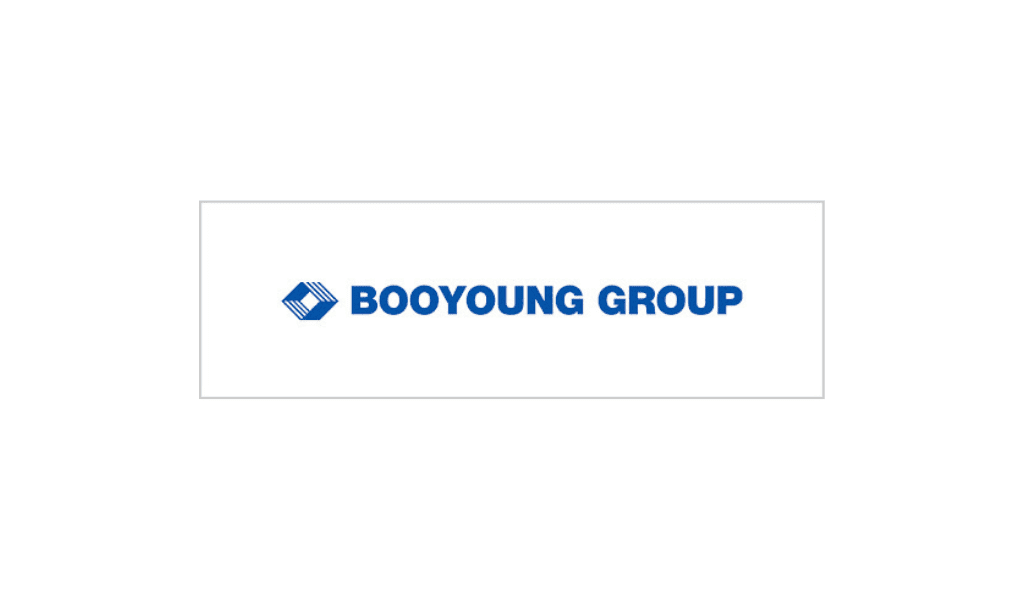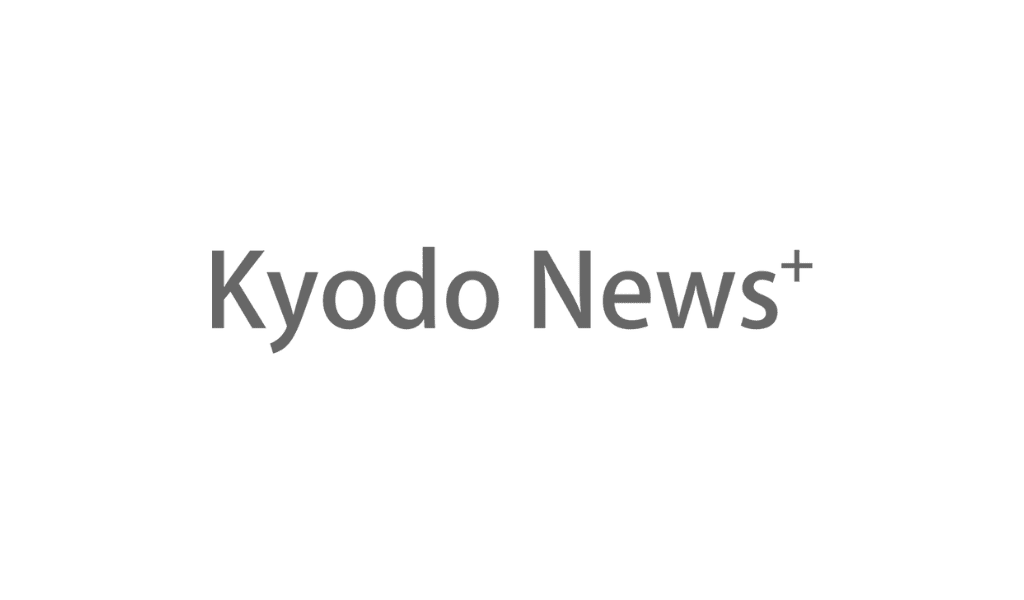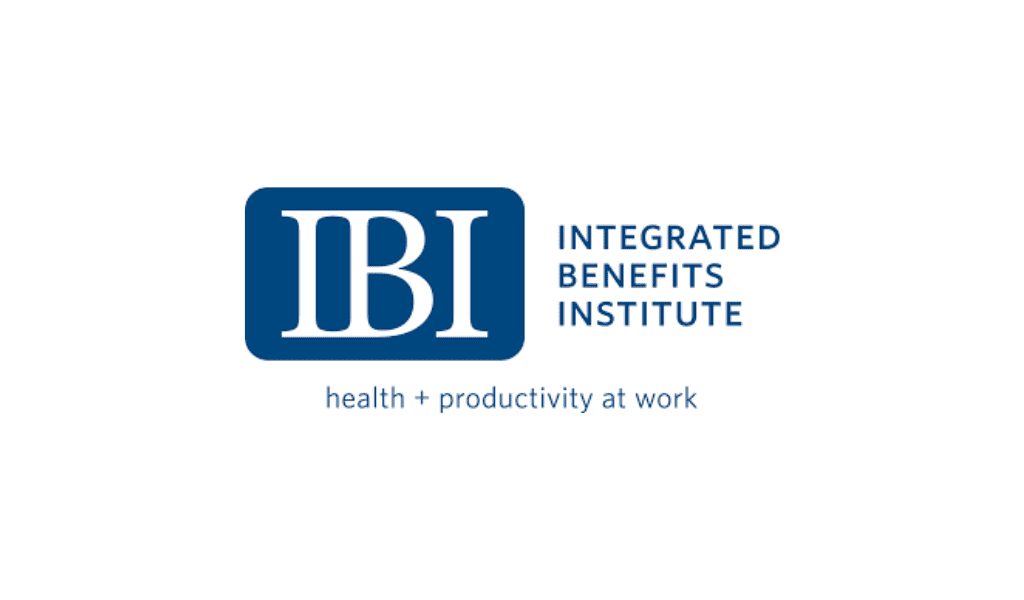Organizations need to adapt their approach to benefits to suit today’s changing demographics.
By Randy Stram
With the gig economy rapidly expanding, employers are focused on retaining and engaging employees. According to MetLife‘s 15th annual U.S. Employee Benefit Trends Study (EBTS), more than half (51 percent) of employees today are interested in contract or freelance work. Not surprisingly, gig work appeals to millennials most, with nearly two-thirds (64 percent) of the generation interested, followed by Generation X (52 percent), and baby boomers (41 percent). Workers are drawn to freelance roles due to the flexible hours, the ability to work from home, and project variety. This is causing organizations to have a laser focus on retaining their talent -the top priority among employers, according to EBTS’ findings. In fact, 51 percent of respondents plan to leverage benefits as a retention strategy in the next three to five years.
How can organizations incorporate their healthcare and benefits offerings in their retention approach? Here are four strategies to consider:
1. Customize, customize, customize. Not only is the gig economy reshaping the workforce, but demographic shifts are also on the rise. Four generations -baby boomers, Gen X, millennials, and Gen Z -are working side by side. Definitions of family and dependents are changing, and certain demographics, such as single women, are growing.
To meet the varying needs of the workforce today, providing employees with the ability to customize their benefits is key. The study found that employees believe that benefits customization is more important than the ability to work from home or remotely. In fact, 76 percent of millennials reported that benefits customization is important for increasing their loyalty, compared to two-thirds (67 percent) of baby boomers.
Customization for millennials is inherent: This generation grew up making choices to meet their unique needs, from choosing how their coffee is made, the songs on their playlist or apps on their phone. The workplace shouldn’t be any different: Millennial workers want HR professionals who recognize this, take action, and lead in driving engagement and loyalty among their generation.
2. Give employees options. While benefits customization is critical for retaining top talent, so is choice. The study found that the 52 percent of respondents are willing to bear more of the cost of their benefits in order to have a broader array of offerings that suit their personal needs. And the same percentage expressed interest in having their employers provide a wider array of non-medical benefits that they can choose to purchase and pay for on their own.
The study also revealed the difference in benefits preferences among different generations. When it came to short-term disability insurance, for example, nearly half of baby boomers said it was a must-have benefit compared to just over a third of millennials. Similarly, there was a 10-percentage point difference among the two groups when it came to saying dental insurance was a must-have benefit.
However, differences among generations are not the only thing that HR professionals should consider. It’s important to take into account each employee’s life stage -whether they’re just graduating college, buying a home for the first time or reaching retirement -and provide personalized benefits options to meet each need. This approach can boost satisfaction and drive loyalty.
3. Prioritize holistic wellness. Organizations that provide wellness programs to help employees reach health and financial goals are increasing their chances of high retention rates. In fact, 59 percent of employees said that health and wellness benefits are important for increasing loyalty, and 53 percent said the same about financial planning programs.
However, organizations are not addressing this need. Only 33 percent of organizations said they are very likely to offer wellness benefits and just 18 percent currently offer financial planning programs. But at the same time, 36 percent of employers said wellness benefits and financial planning programs are valuable to their employees.
4. Anticipate continued transformation. In addition to the gig economy, more demographic changes are on the horizon. According to the study, the majority of employers believe trends such as the large aging population (72 percent), continued growth in the number of millennials in the workplace (67 percent), Generation Z entering the workforce (61 percent) and the rise of single women as a demographic (57 percent) will impact the workplace in the next five years.
What does this all mean? The transformation of the workplace has only just begun. To be successful in engaging and retaining top talent in the years ahead, organizations will have to adapt their benefits programs to employees’ unique needs as they evolve.
Randy Stram is senior vice president of group benefits for MetLife.














